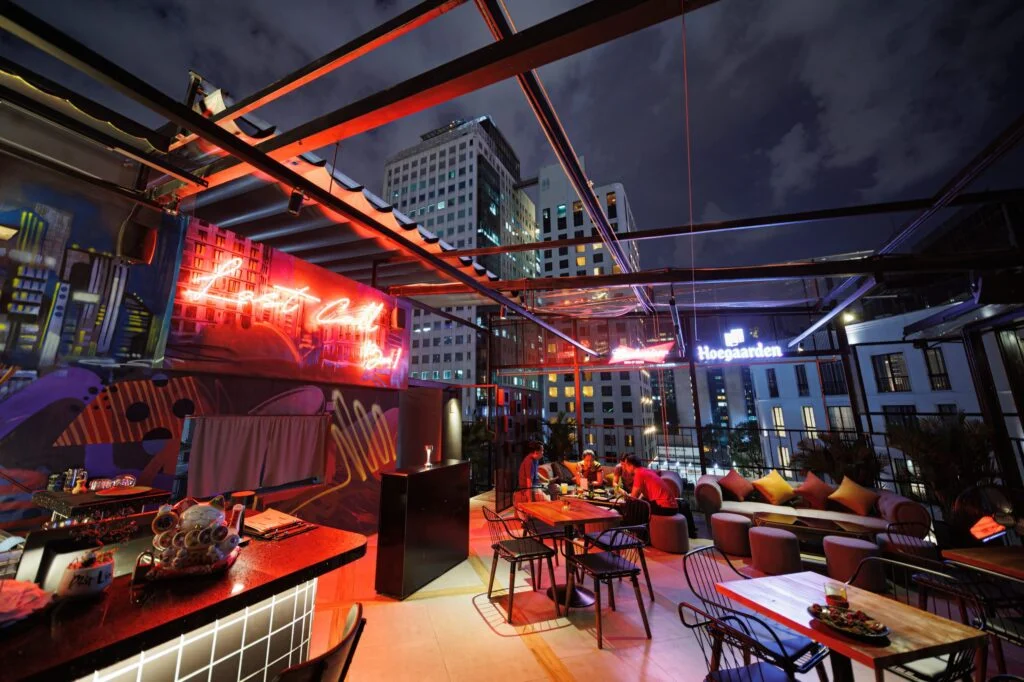
Partner Content
Optimizing Visual Storytelling: CapCut’s Tools for Content Creators

Going-Outs
Last Call Rooftop

Healths
Liberty Mutual Insurance

Healths
Great Eastern

Healths
Tenzing Pacific Services

Optimizing Visual Storytelling: CapCut’s Tools for Content Creators
Within the realm of visual storytelling, CapCut stands as a beacon of innovation, offering an impressive suite of tools that redefine creative possibilities. Among these, the Video-to-Text feature and AI Image Upscaler reign supreme

Last Call Rooftop
Featuring amazing speakeasy-style cocktails and a breezy ‘urban canopy’ rooftop venue right beside Saigon’s historical …

Liberty Mutual Insurance
Liberty Mutual Insurance is the sixth-largest global property and loss insurance company in the world. …

Baoviet Insurance Corporation
Bao Viet is Vietnam’s largest local insurance firm providing tens of millions of consumers with …

Great Eastern
For more than a century, Great Eastern has led Asia’s insurance industry, with millions of …

Optimizing Visual Storytelling: CapCut’s Tools for Content Creators
Within the realm of visual storytelling, CapCut stands as a beacon of innovation, offering an impressive suite of tools that redefine creative possibilities. Among these, the Video-to-Text feature and AI Image Upscaler reign supreme

Last Call Rooftop
Featuring amazing speakeasy-style cocktails and a breezy ‘urban canopy’ rooftop venue right beside Saigon’s historical …


